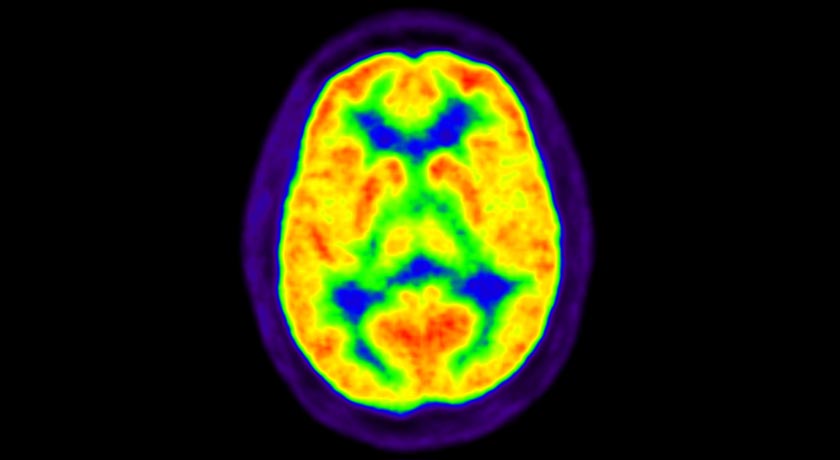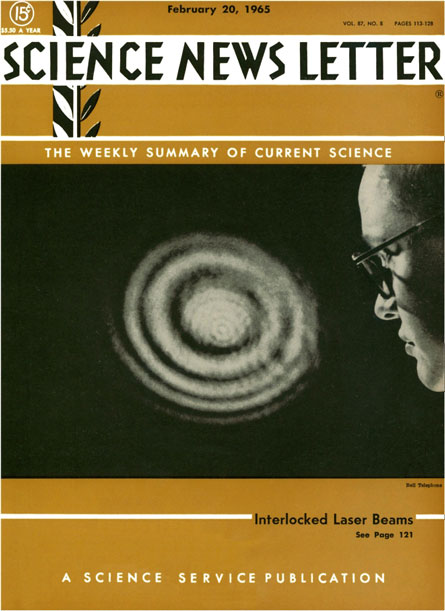Fallout from nuclear bomb testing presaged today’s radioactive tracers
Excerpt from the February 20, 1965 issue of Science News Letter

NUCLEAR BRAIN In 1965, researchers developed a way to track radioactive carbon in the body. Today, positron emission tomography (PET) scans work by the same method to diagnose diseases.
TRIUMF Lab/Flickr (CC BY-NC-SA 2.0)
 ces changes — Fallout from nuclear bomb tests is allowing University of California at Los Angeles scientists to develop a new method for tracing vital chemical and physical changes in the human body. Radioactive carbon increased by “dirty” H-bombs of 1961–62 opens up a way for measuring the metabolic turnover rate of tissue in the brain, heart, liver and blood stream, without endangering the human subject…. The new technique may give life scientists a new and simple way of studying the formation and decay of tissues and cells. —
ces changes — Fallout from nuclear bomb tests is allowing University of California at Los Angeles scientists to develop a new method for tracing vital chemical and physical changes in the human body. Radioactive carbon increased by “dirty” H-bombs of 1961–62 opens up a way for measuring the metabolic turnover rate of tissue in the brain, heart, liver and blood stream, without endangering the human subject…. The new technique may give life scientists a new and simple way of studying the formation and decay of tissues and cells. — 






